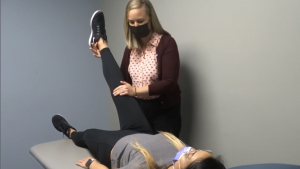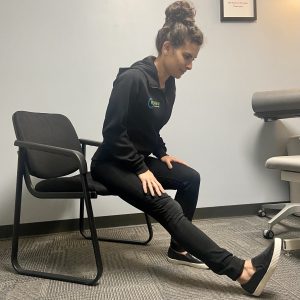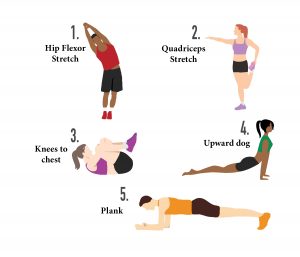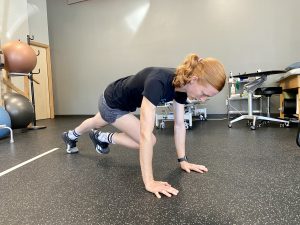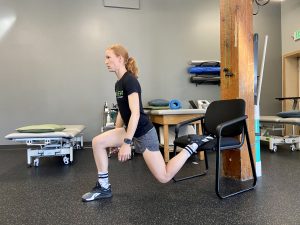While drinking plenty of water is critical to life, health and healing, simply submerging your body in water (i.e., a pool) opens up opportunities for relief and fitness for those who otherwise may have difficulty exercising.
This is especially important for aging adults and those with chronic conditions, said Seattle physical therapist Erik Norwood.
“When our bodies are submerged in water, such as in a pool, we become lighter,” said Norwood, owner of Renew Physical Therapy in Seattle. “This, coupled with the natural resistance water places on movement, makes water exercise ideal for many people who deal with issues related to strength, flexibility, balance, sore joints, pain, and even chronic conditions like arthritis and osteoporosis.”
The buoyancy of waist-deep water, for example, can support around half our body weight, while neck-deep water can reduce body weight by up to 90 percent. Such reduction in weight and impact on the joints can help people who may experience difficulty standing, balancing and exercising on land to move more freely – and often with less pain.
In addition, water offers 12 times the resistance of the air around us. Because of this added resistance, movement and exercise while submerged in a pool can help build overall strength and stability in the body, Norwood said.
“This makes pool exercise, and even aquatic rehabilitation when needed, ideal for the aging adult whose goal is to simply maintain a strong, stable and healthy body, ensuring they’re able to keep up with their active lifestyles outside the pool,” Norwood said. “A warm pool can both soothe muscles and joints while simultaneously keeping you strong and in optimal health.”
One study published in Medicine & Science in Sports & Exercise back in 2007 showed that older women who regularly participated in a pool-based exercise program performed better in daily tasks than others who exercised similarly on land. The women in the study, for example, improved their walking speed by 16 percent, their agility by 20 percent, and their ability to walk stairs by 22 percent.
According to Norwood, even when people suffer from common chronic diseases like arthritis and osteoporosis, water exercise can help improve the use of affected joints while decreasing overall pain.
“This can also be applied to people who are recovering from injury or surgery,” Norwood said. “With the guidance of a physical therapist, the pool can be an effective rehabilitative tool for helping people recover while improving strength, confidence and function.”
Those who feel pool exercise or aquatic therapy may help them improve fitness levels or overall functional abilities should first contact their physical therapist for professional guidance. A physical therapist, like those on the Renew Physical Therapy team, can help identify your greatest weaknesses and needs, then develop a pool fitness plan that specifically addresses these needs and your personal goals.
